The Samsung Galaxy S21 is here. It's the yearly update on the company's line of flagship phones, succeeding 2020’s Samsung Galaxy S20 – and could end up being one of the best phones of 2021.
If you don't have time to read all our coverage on both the old and new Samsung phones, you may be wondering about the differences between the two handsets. As the image above shows, the Samsung Galaxy S21 isn't a wholesale re-imagining of its predecessor, with the changes quite subtle.
To save you time, below you’ll find a comparison between the Samsung Galaxy S20 and the Samsung Galaxy S21. As such, you’ll learn of new features, any that have been dropped, and whether there are sufficient changes to tempt you to upgrade the new handset.
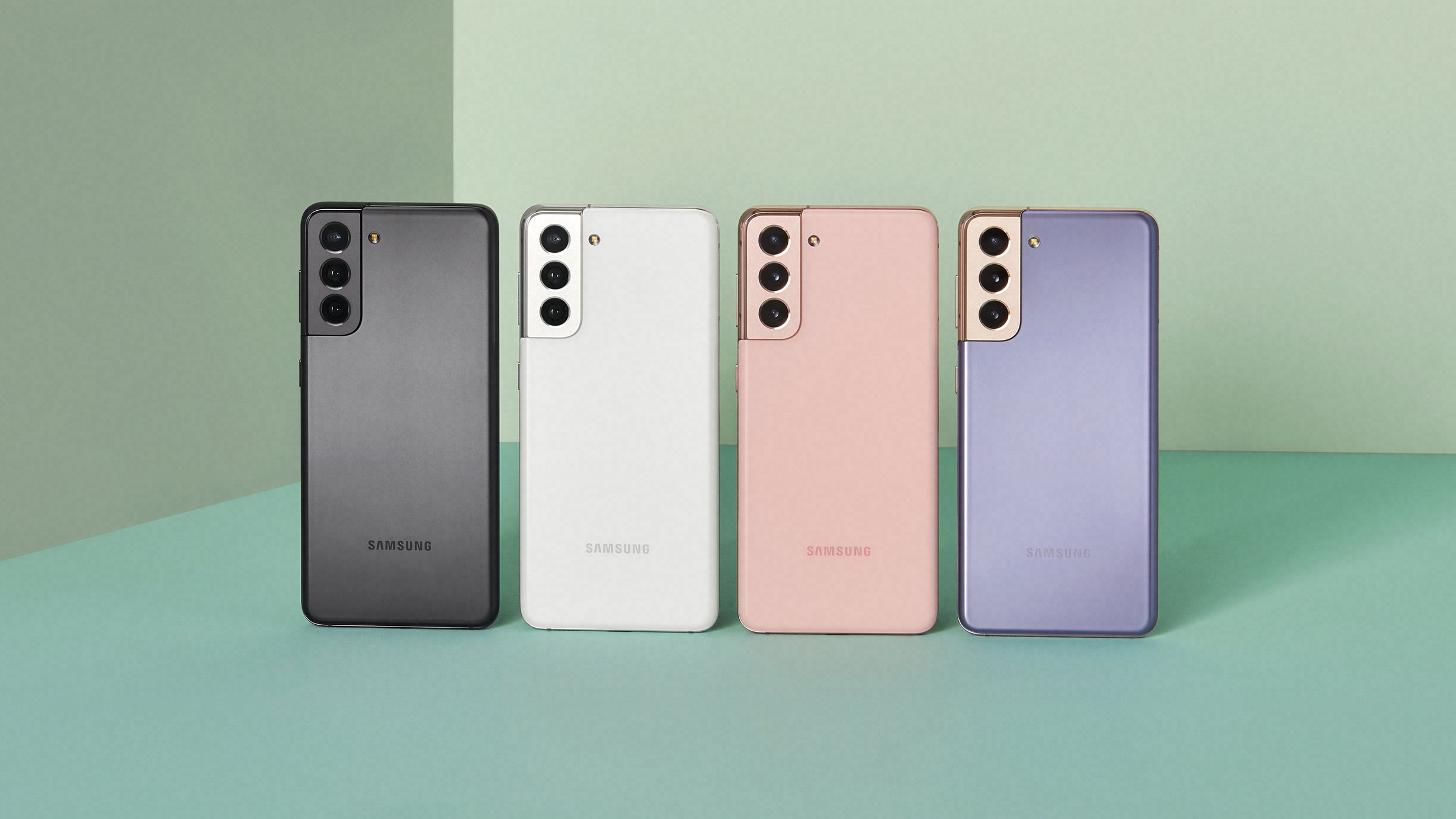
Samsung Galaxy S21 vs Galaxy S20 price
The Samsung Galaxy S20 came with only 12GB of RAM and 128GB of storage, with a price of $999 / £899 / AU$1,499. In some regions, a 4G-only version of the phone was also available for £799 / AU$1,349.
It seems, then, that the Galaxy S21 is more affordable. It costs $799 / £769 / AU$1,249 for which you get 8GB of RAM and 128GB of storage. Note that there's no 4G version of this phone.
With the newer device it appears that instead of developing brand-new features and ideas, for the Samsung Galaxy S21, the company has sought to find more affordable ways of offering the Galaxy S20's features. Sure, the S21 remains an expensive phone, but less so than its predecessor.
Design
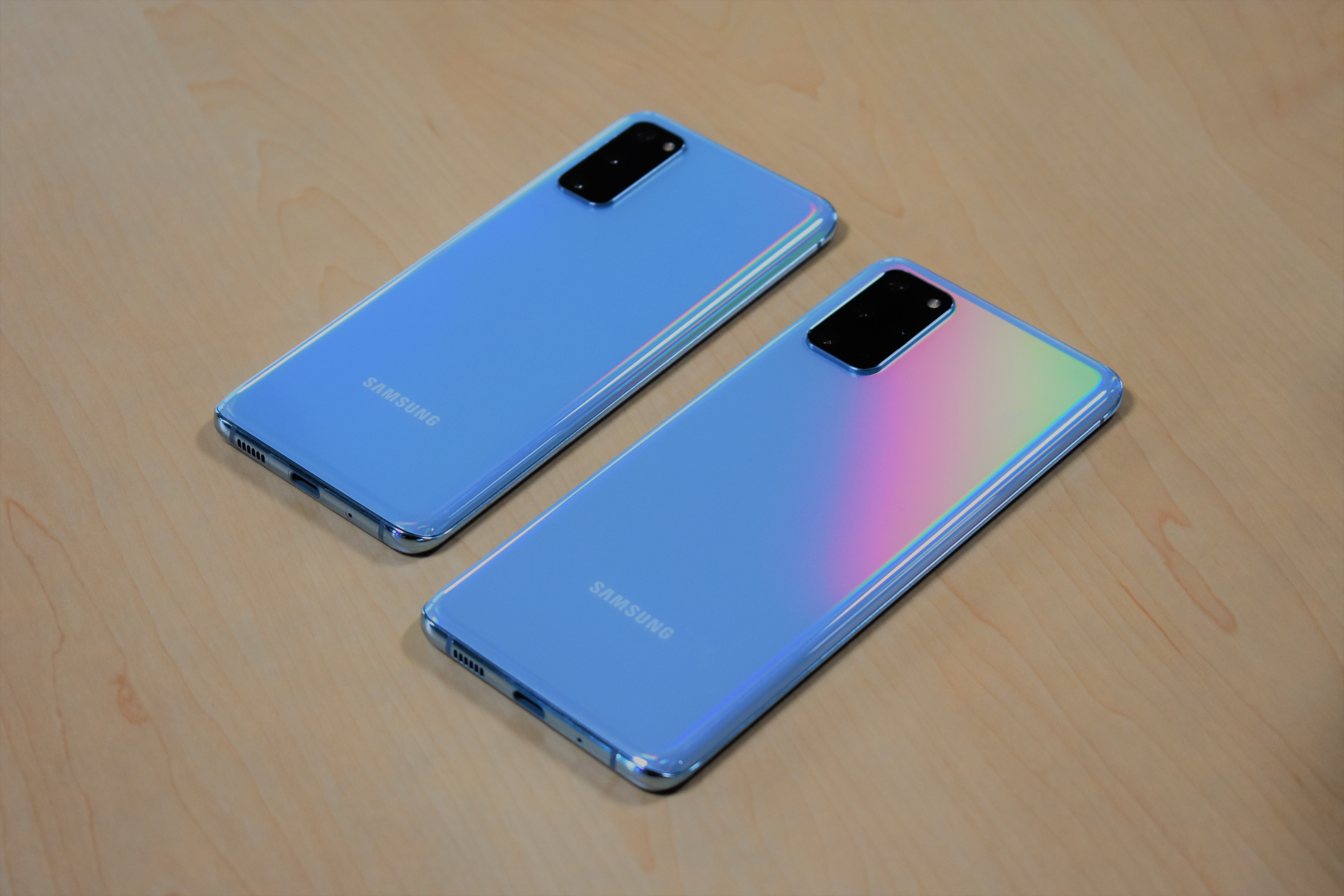
As the pictures show, the Samsung Galaxy S21 doesn't bring a huge redesign of the Galaxy S20, with the only key visible difference being a slightly different-looking camera unit.
There is in fact a second change that the pictures don't show. While the Samsung Galaxy S20 has a glass back, the Galaxy S21’s rear is made of 'Glasstic', or plastic that's meant to feel more similar to glass.
This material is cheaper, and although it doesn't feel as premium as glass, it’s is more durable and therefore better for gripping in the hand. In a recent survey, we found many phone fans actually like this plastic material.
Aside from those updates, both phones comes with USB-C ports, plus power buttons and volume rockers mounted on the sides of the handsets, but no 3.5mm headphone jack.
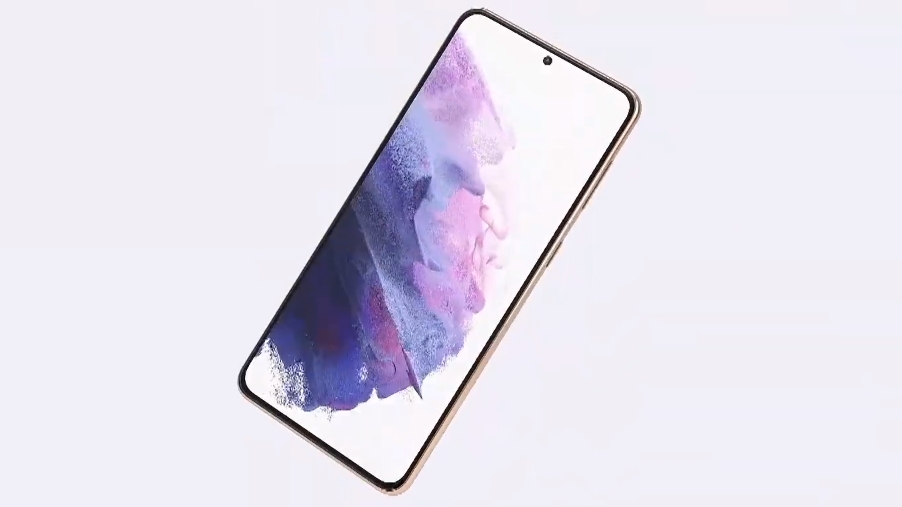
The Samsung Galaxy S20 was available in three colors: blue, pink and gray. The S21 brings back the gray color, but also comes in white, violet, and a slightly different kind of pink.
Display
The Samsung Galaxy S21 display is actually a downgrade from the Galaxy S20.
Both phones have 6.2-inch displays, interrupted by 'punch-hole' cut-outs at the top, 120Hz refresh rates, HDR10+ and in-display fingerprint scanners. However, the resolution of the S21 is lower than that of the S20.
While the Samsung Galaxy S20’s screen resolution was 1440 x 3200, or Quad HD, the Galaxy S21 is only 1080 x 2400, or Full HD+.
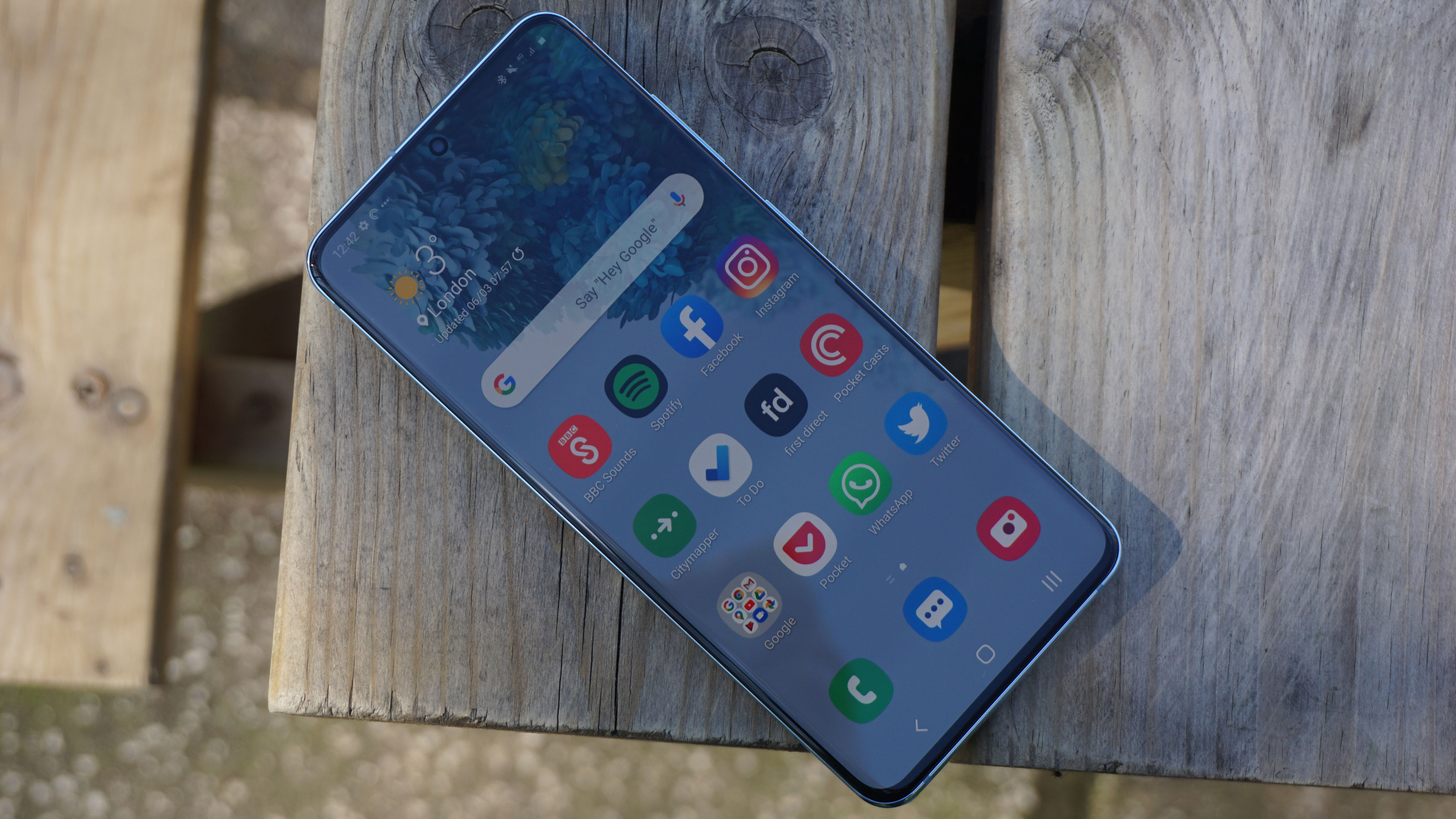
Before you rush to assume the Galaxy S20 is therefore better, it's worth pointing out that the S20 can only use its QHD resolution or the 120Hz refresh, not both at the same time. So, for all intents and purposes, you'll be getting the same experience on the S21 as you may have done on the S20.
Cameras
On paper, it seems the Samsung Galaxy S21 comes with identical cameras to the Galaxy S20: a 12-megapixel main unit, plus 64-megapixel telephoto and 12-megapixel ultra-wide snapper. And it seems even the sensors and lenses are the same. Both handsets also feature 10-megapixel front-facing cameras.
The changes with the Galaxy S21 come by way of the camera modes; the S21 brings some upgrades to those we saw in the Galaxy S20, in particular for video recording.
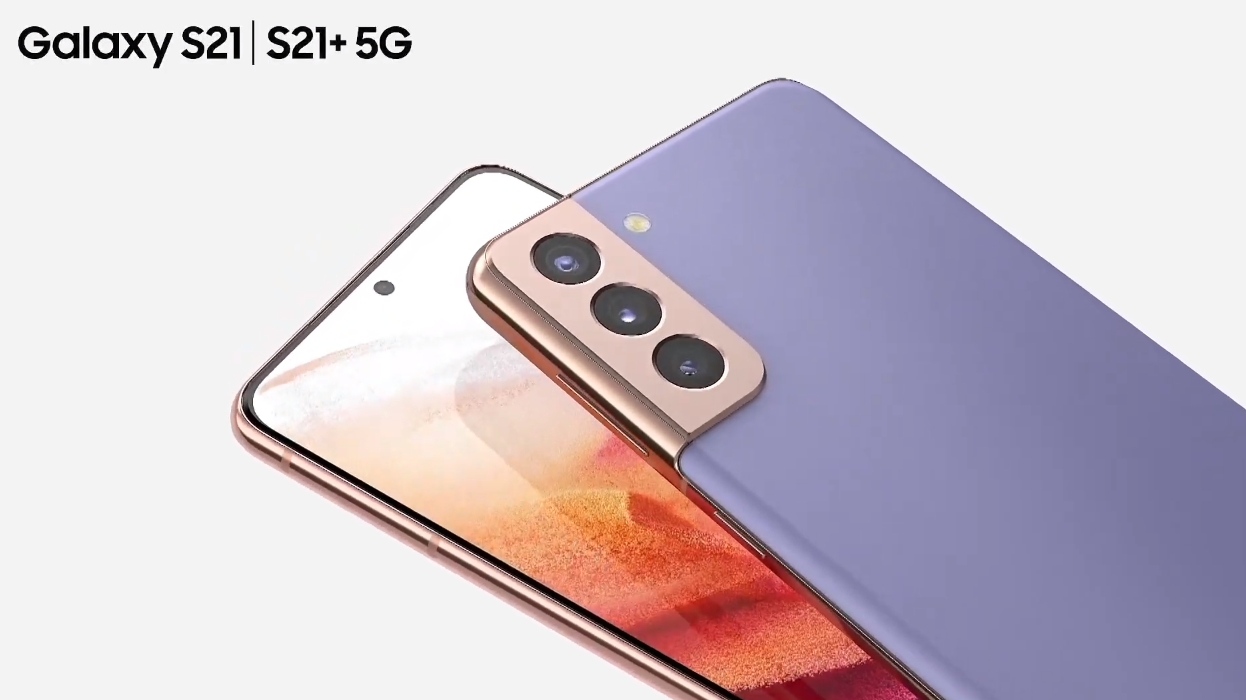
New is Director's View, which lets you view video recording from all three rear lenses at once, and enables you to jump between them when you want. There's also Vlogger View, whereby you can record video from the front and rear cameras at one time.
The Samsung Galaxy S20's Single Take mode has also seen an improvement, with better AI and a heavier emphasis on slow-motion recording in order to capture great pictures.
Unless those new camera modes appeal, you might not find the experience of shooting with the Samsung Galaxy S21 very different to the Galaxy S20.
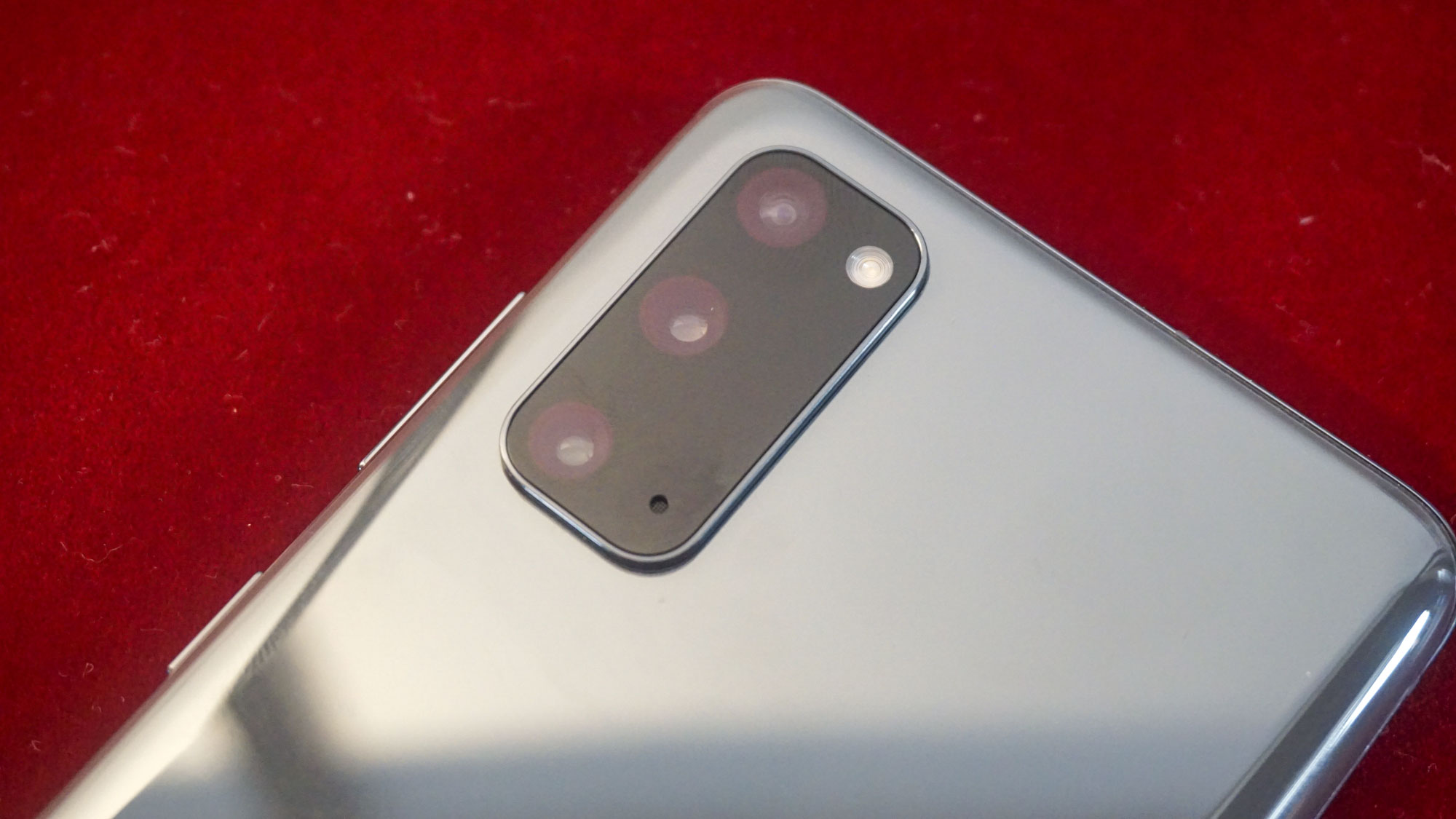
Features and specs
In terms of software, Samsung Galaxy S20 came running Android 10 but the Galaxy S21 bumps that up to Android 11. Both have Samsung's One UI laid over the top, however.
The chipset situation is rather messy. The Samsung Galaxy S20 uses the Exynos 990 processor in Europe and Asia, and Qualcomm's Snapdragon 865 elsewhere. The Galaxy S21 uses Exynos 2100 in Europe and Asia and the Snapdragon 888 everywhere else.
Both versions of the chipsets are roughly equal in terms of processing power and battery efficiency, although in a contest Snapdragon chipsets generally come out on top.
Intriguingly, the Samsung Galaxy S20 came with 12GB of RAM and 128GB of storage. The Galaxy S21 reduces the RAM to 8GB, but is available with 256GB storage as well as 128GB.
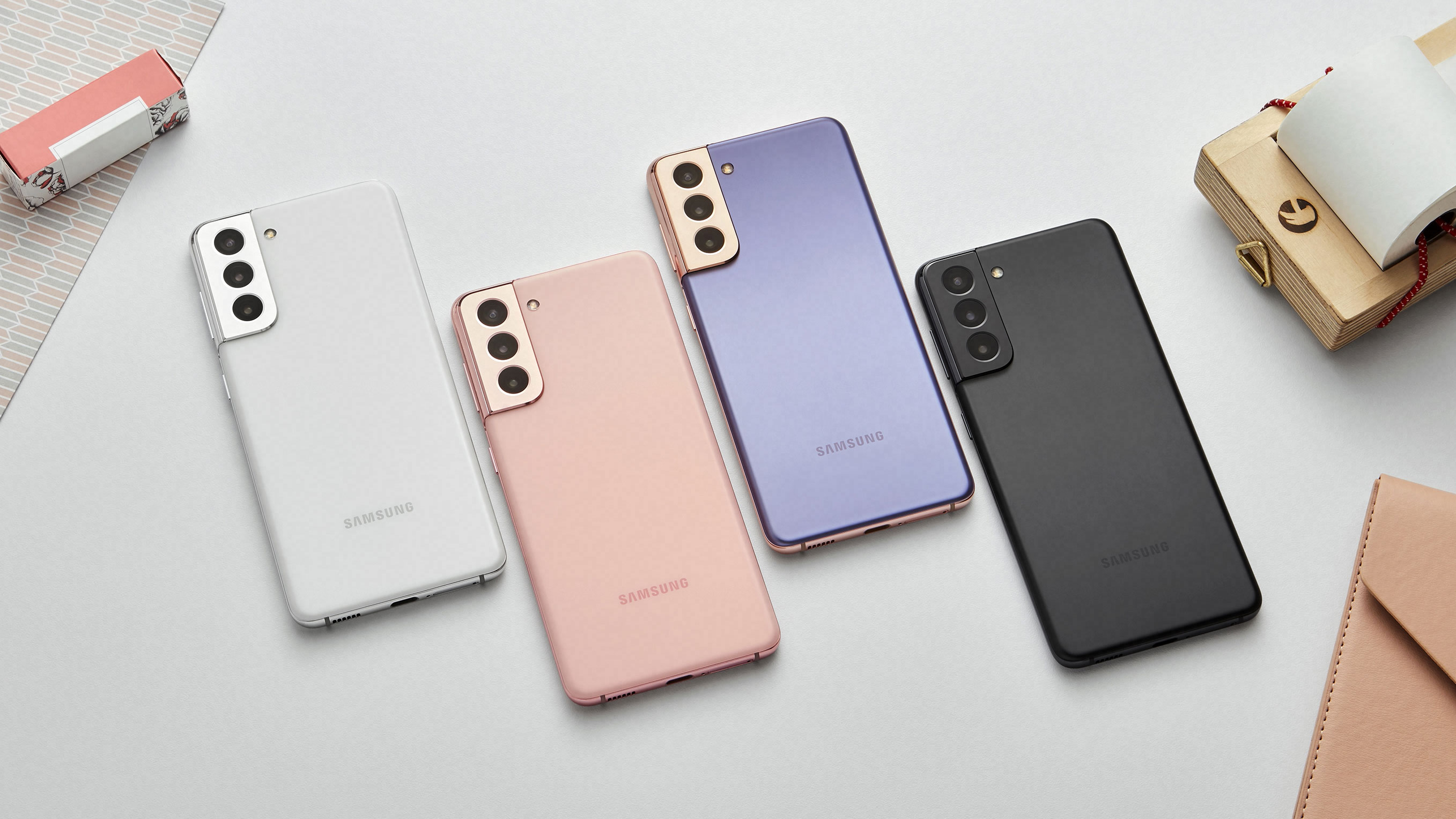
Battery life
Both the Samsung Galaxy S21 and S20 include 4,000mAh batteries, but thanks to software and chipset improvements, we'd expect the former to offer slightly better battery life. The difference isn’t likely to be massive, though.
The phones also both have 25W wired charging, as well as wireless powering and Bilateral charging, which lets you use the handset as a wireless charging pad to power up other devices.
Overall, battery and charging is an area where there aren’t very many changes between the two devices.
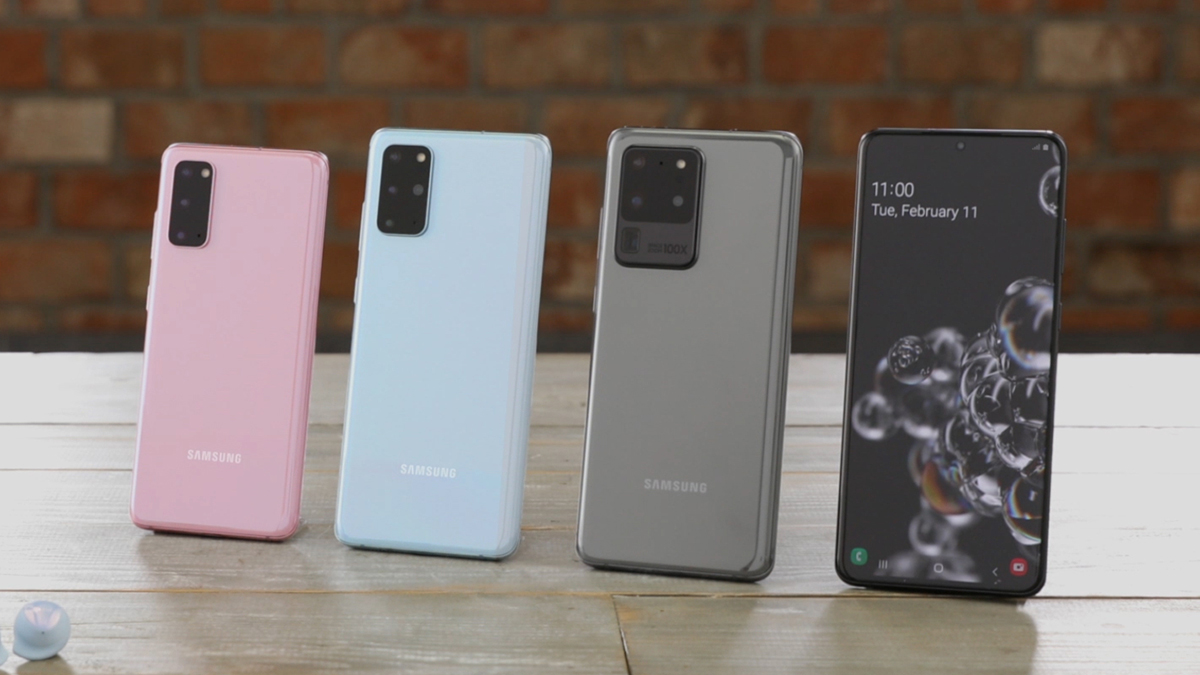
Takeaway
The Samsung Galaxy S21 isn't a huge step up on its predecessor – in fact, it's a downgrade in more ways than one, and a sideways step in other areas.
However, the Galaxy S20 was more expensive on launch, and has been discontinued now. If you can find a Samsung Galaxy S20 for cheaper than the Galaxy S21, it may be a better purchase for you – but hunting one down might be a tall order.
As such, the Galaxy S21 is probably better value for money.
from TechRadar - All the latest technology news https://ift.tt/3nMUr6O
No comments:
Post a Comment